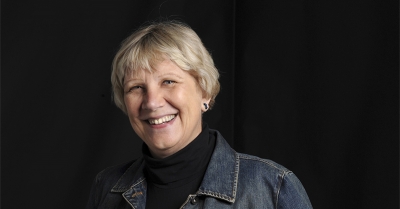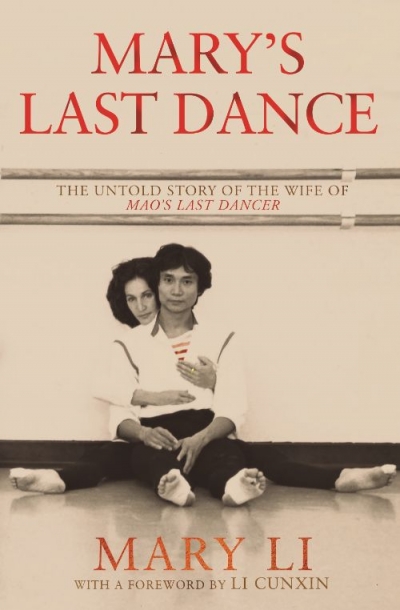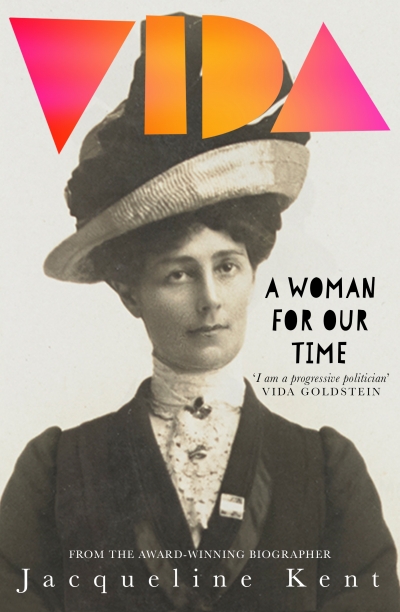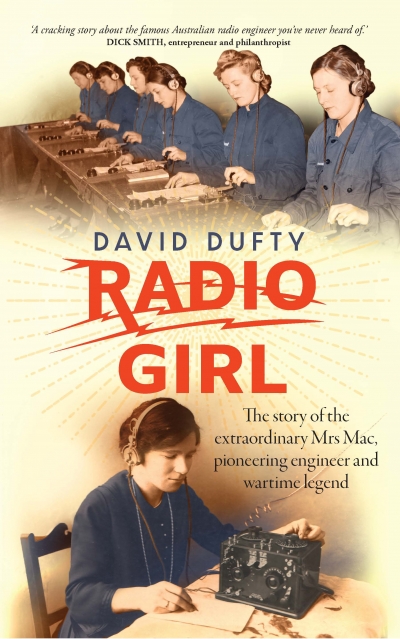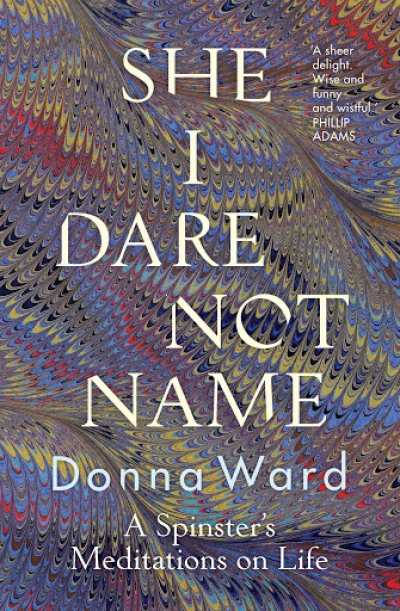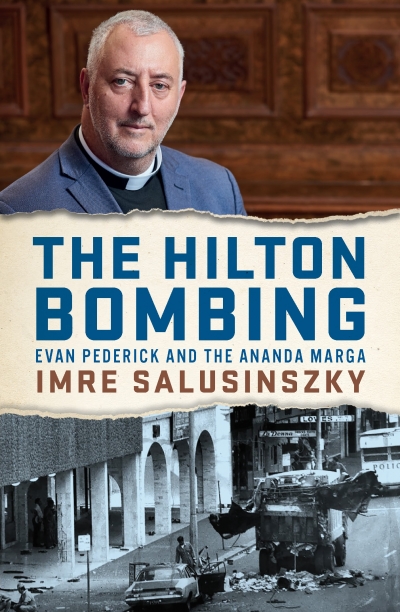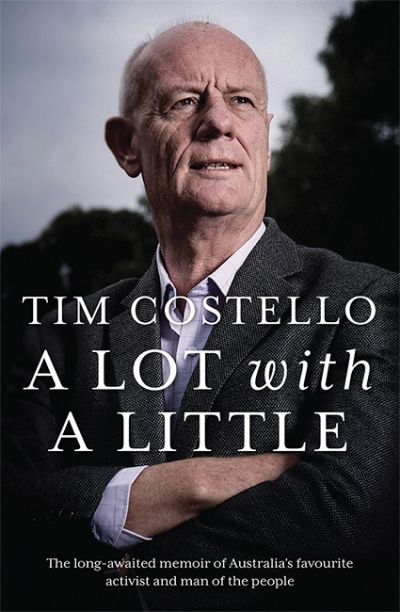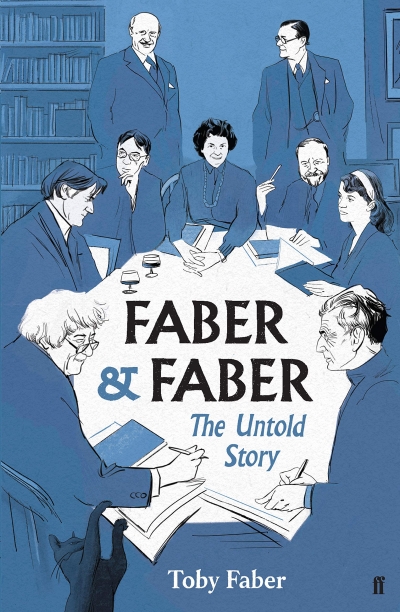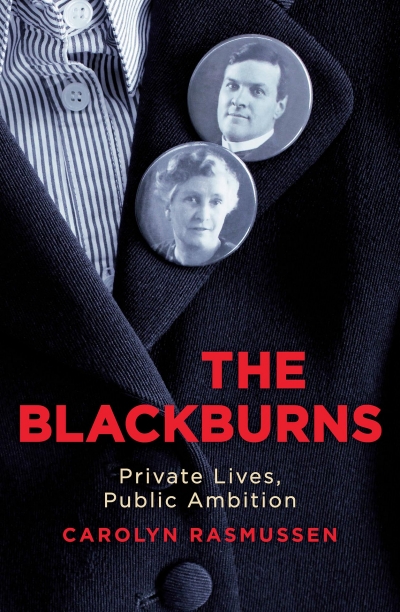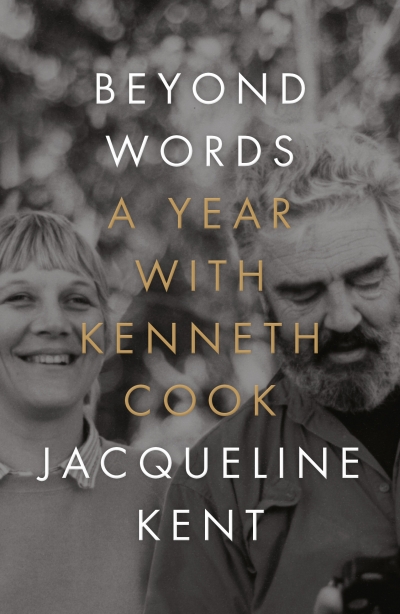Jacqueline Kent
It would be good if editors and publishers took smarty-socks reviewers to task occasionally – probably not in public – if said reviewers go on about falling standards in proofreading or editing. Reviewers should, I think, be aware that the course of publishing never did run smooth – maybe with a difficult author, editing disasters, or horrible scheduling problems – and cut a bit of slack accordingly. I’d also like to see readers engage with reviewers, especially if they have read the book and feel the critic’s comments have been unfair.
... (read more)Mary’s Last Dance: The untold story of the wife of Mao’s Last Dancer by Mary Li
by Jacqueline Kent •
Radio Girl: The story of the extraordinary Mrs Mac, pioneering engineer and wartime legend by David Dufty
by Jacqueline Kent •
She I Dare Not Name: A spinster’s meditations on life by Donna Ward
by Jacqueline Kent •
The Hilton Bombing: Evan Pederick and the Ananda Marga by Imre Salusinszky
by Jacqueline Kent •
Faber & Faber: The untold history of a great publishing house by Toby Faber
by Jacqueline Kent •
The Blackburns: Private lives, public ambition by Carolyn Rasmussen
by Jacqueline Kent •

